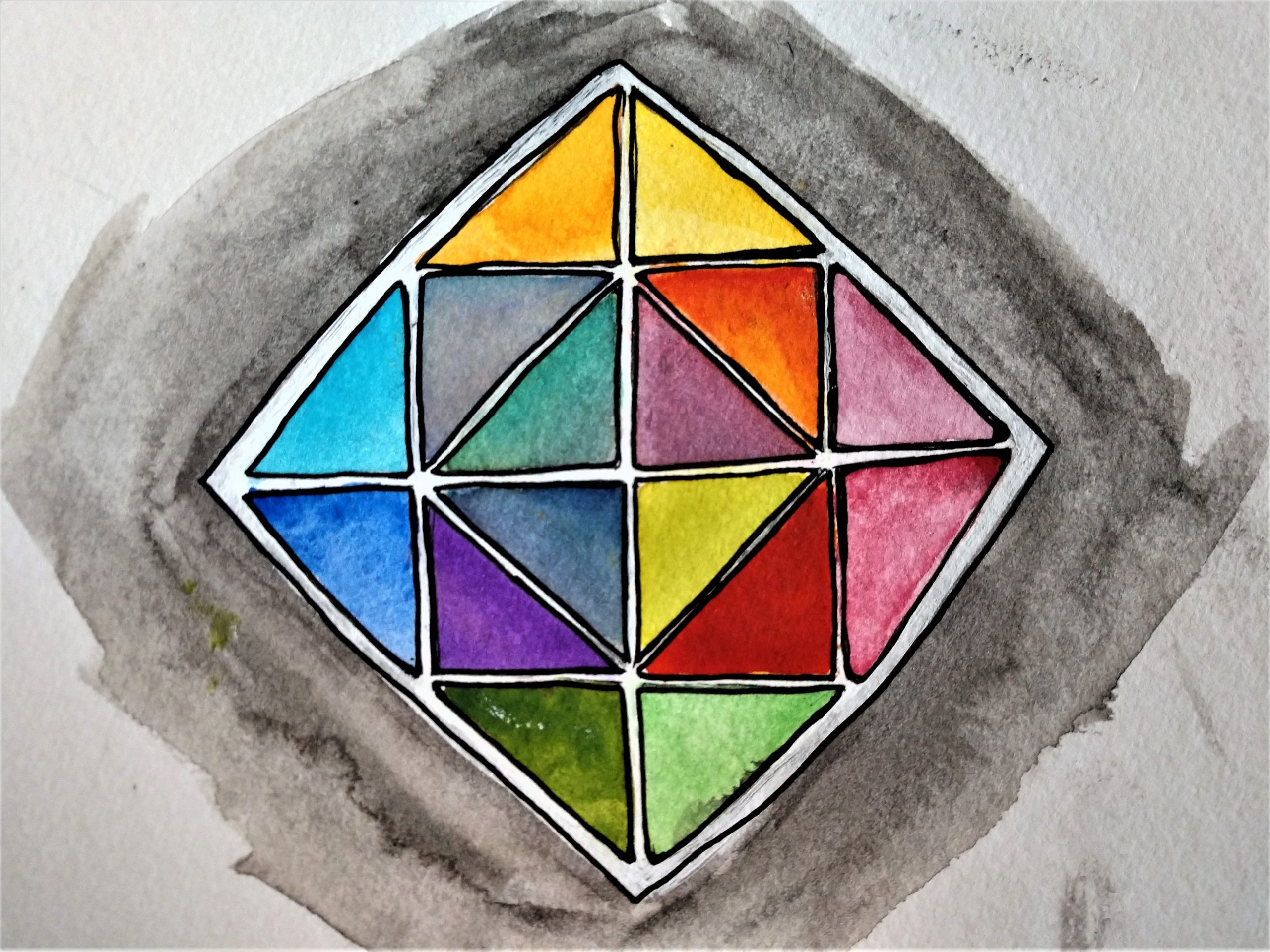
Existing within an abundance context does not imply that every possible need is met. Instead, what it means is there is a perceived abundance of resources to successfully navigate challenging moments, based on a cultivation of trust in oneself and in others. Trust in oneself occurs when an individual recognizes that they have the capacity to overcome life’s obstacles. This recognition results in an internal sense of safety and self-efficacy. For example, I may trust that I am able to handle a moment when I have failed, that my failure is not permanent, and that it does not mean I am incapable. In other words, failure is only temporary and is meant to increase your understanding. Holding this belief, I can recognize my efficacy in overcoming painful experiences. This recognition cultivates a mindset which insures that for every situation there is a spectrum of emotional, mental, or physiological responses and reactions that are both appropriate and true, depending on the context.
Within an abundance mindset, the roles that are active in an extreme scarcity mindset transform. The villain can be perceived as a challenger; a victim can be perceived as a creator; a hero can be perceived as a mentor; and finally, a bystander can be perceived as an observer.
In an Abundance context we may find ourselves having an affinity for one role over the others, just like we can within a Scarcity context. We can also hold all four roles in any interaction depending on our context and intention. The challenger interacts with the intention of understanding; the creator interacts with the intention of growing a sense of self; the mentor interacts with the intention of sharing what has been learned; and the observer interacts with the intention of grounding information in objectivity. Together, all four roles are symbiotic. They do not wish to take away from an interaction, but instead to grow, nourish, and develop it.
On the other hand, there is such a thing as too much abundance. We get stuck in extreme experiences of abundance just like we get stuck in extreme experiences of scarcity. Each role holds a threshold that, prior to meeting, maximizes the amount of beneficial return. Once that threshold is surpassed, Abundance can be unhelpful and eventually damaging. Imagine having every need met, as you live in childlike wonder and imagination. To most adults that sounds like the place they want to stay forever. Unfortunately, when you stay in that mindset for too long (depending on individual thresholds) you will end up with a sense of underwhelm (as opposed to a sense of overwhelm in Scarcity). Abundance loses its capacity to delight and encourage growth, and instead becomes stagnant. For example, if you are a parent, you may have perpetually heard your child lament how bored they are by the end of a long summer break which had been excitedly awaited just a few months before.
As an important part of the Dynamic Interpersonal Model, it is necessary to reiterate that both Scarcity and Abundance have beneficial and detrimental aspects to them. If we examined the beneficial vs. the detrimental aspects to each side of the model, we would find that there are even further unfolding concepts that appear between those extremes. In other words, as you begin to drill down into the core concept of the Dynamic Interpersonal Model itself, you begin to recognize that darkness and light are opposites that, between them, create every possible color in existence. Each opposite is complex, and if examined more closely, breaks apart into a spectrum of human relationships.
